The thin line: does tourism create a neighborhood or a stage set?
San Telmo and the city’s historic district have their protected areas. Some are more protected than others, But protected from what? Not everyone knows, and not everything occurs in the open. There are beautiful houses, stately properties, which are secretly falling to pieces and are ripe for replacement by the next hotel or apartment complex. The new building might clash with its surroundings, and sometimes will turn out to be as distasteful as café con leche with onion.
There’s the case of the classic tenements, the conventillos, from which residents are evicted in order to transform them into tourist attractions. For a high admission, tourists, in good faith, can hear the story of what the place used to be like … “before” Many years ago? No. Perhaps only two months before, but that part of the story isn’t shared with the tourists, who look at the exhibited photographs with travelers’ smiles and leave feeling impressed. What they don’t know is that not long before, tear gas filled the same hallways with the excuse of cleaning up the neighborhood. Then again, the neighborhood looks dirtier than ever these days.
By now few people remember when the first design store on Defensa Street was being squeezed out by others who wanted the street to focus exclusively on its more “traditional” retail trades. That store overcame the feud and remains on Defensa, but it’s an expensive place.
How would the rent be paid if it wasn’t?
Now, what will happen when that same rent is demanded from the shoe store run near Parque Lezama, or from the white-washing business, or the hardware store, or the vegetable stall with fresh basil on the sidewalk?
San Telmo seems increasingly like a big “for sale” sign. One might even say San Telmo is selling out. This is a magical and extraordinary neighborhood in which many people want to be, live, study, shop, feel. All that’s missing is a well thought out plan of coexistence that can balance the need to generate income from tourism, the need to value and respect the tourist, with the need to value and respect those who ensure that this neighborhood is visited in the first place.
It’s a thin line, but great strategists know how to strike such a balance and live their lives accordingly. This thin line runs through everything in San Telmo. It runs through Cairoli’s Corner Market, which is loved because one can shop there on credit, dutifully registered in an account book. Cairoli’s is part of what locals and tourists call “the soul and magic of this place.”
But other things undermine the survival of Cairoli’s; like an attitude that is shortsighted and narrow. It doesn’t recognize that if progress becomes an arbitrary bulldozer, then eventually there will be no tourism, no neighborhood, and no historic district, not even for those who are raking in the money today.
If the tourist doesn’t receive meaningful information, if they do not learn the real history of a place, they leave empty-handed, fooled. They can’t choose between what is real and what is not, and this amounts to a lack of respect toward the visitor. If it happens too often, San Telmo could eventually become a shuttered neighborhood with “for rent” signs everywhere, filled with disillusionment and unrealized business dreams. It would be all that remains after an exodus not only of permanent residents, but of tourists too.
San Telmo and our historic district can survive and thrive, but the laws and norms must be followed, and every person who passes through or inhabits the area must love it, feel it, and based on that feeling build everything that makes the community what it is: aesthetics, life, arquitecture.
The most daring design and contemporary fashion can coexist with the traditional seamstress. The point is not to place them in opposition but provide them with tools for a harmonious coexistence. To place them in a useless rivalry is to lose the most beautiful thing we possess. It’s a sure way to transform San Telmo into a stage set. A stage set that might as well be anywhere in the world, neither here nor there.
—Nora Palancio Zapiola



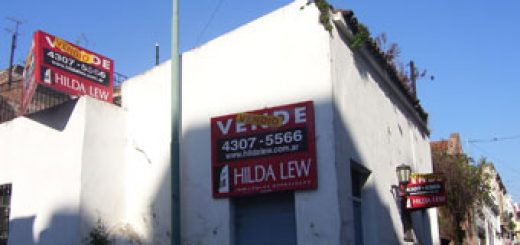












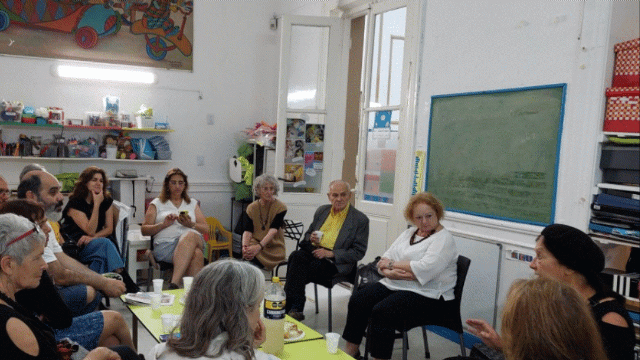
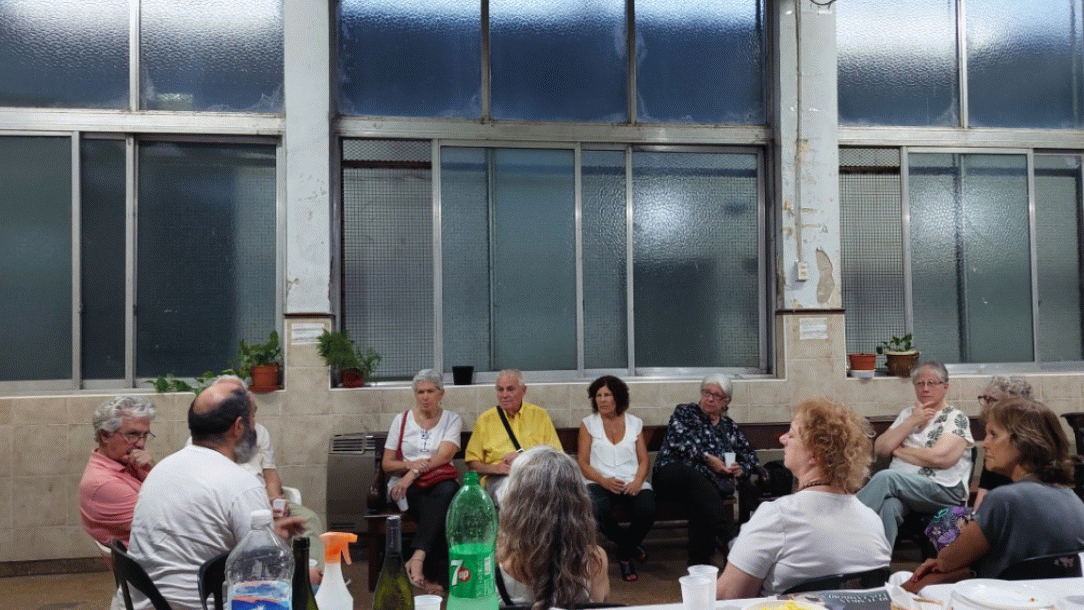
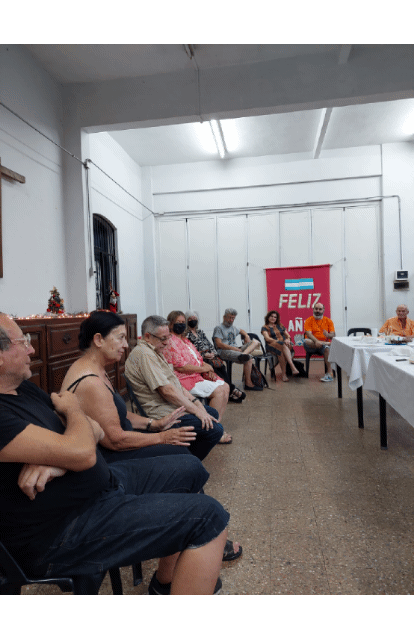
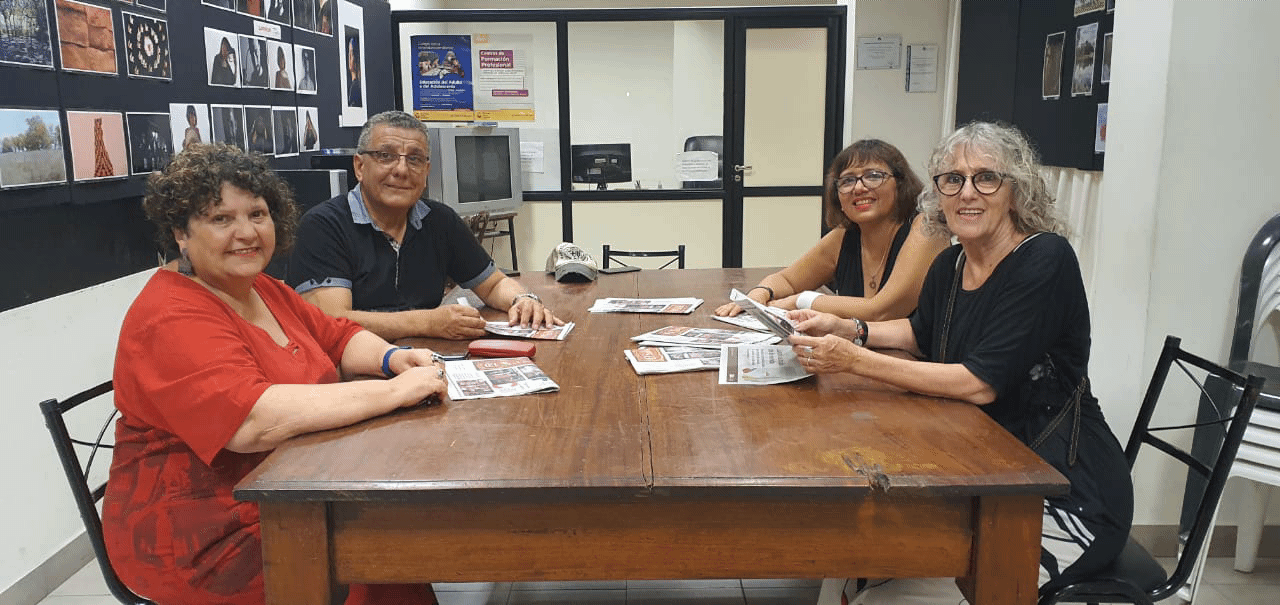
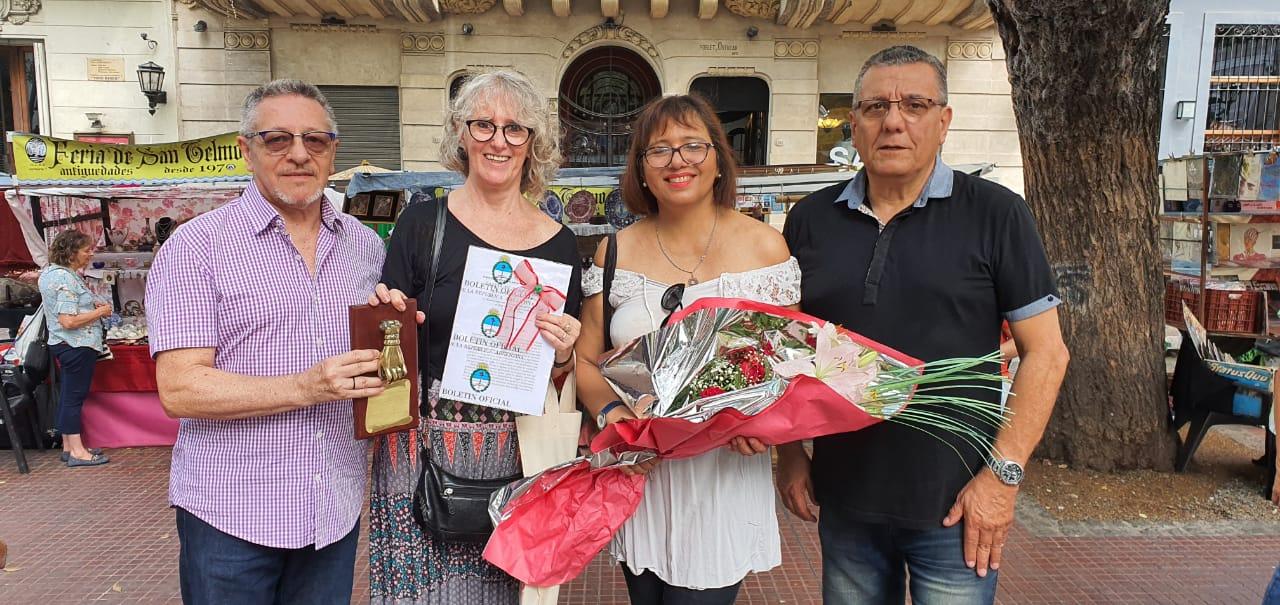
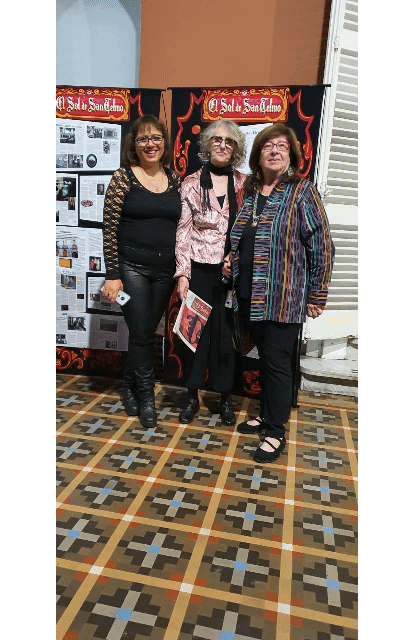
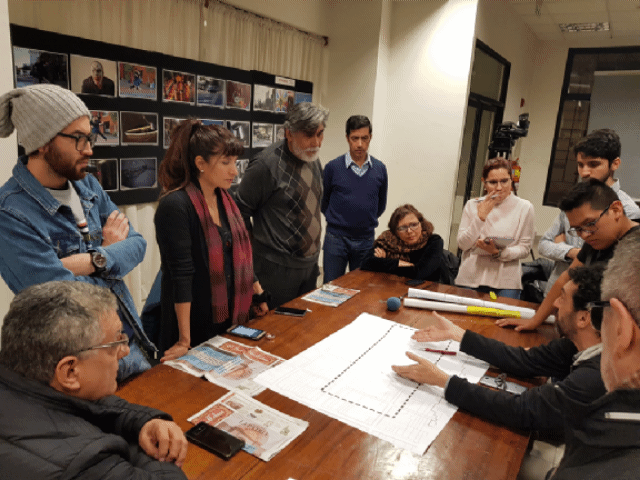
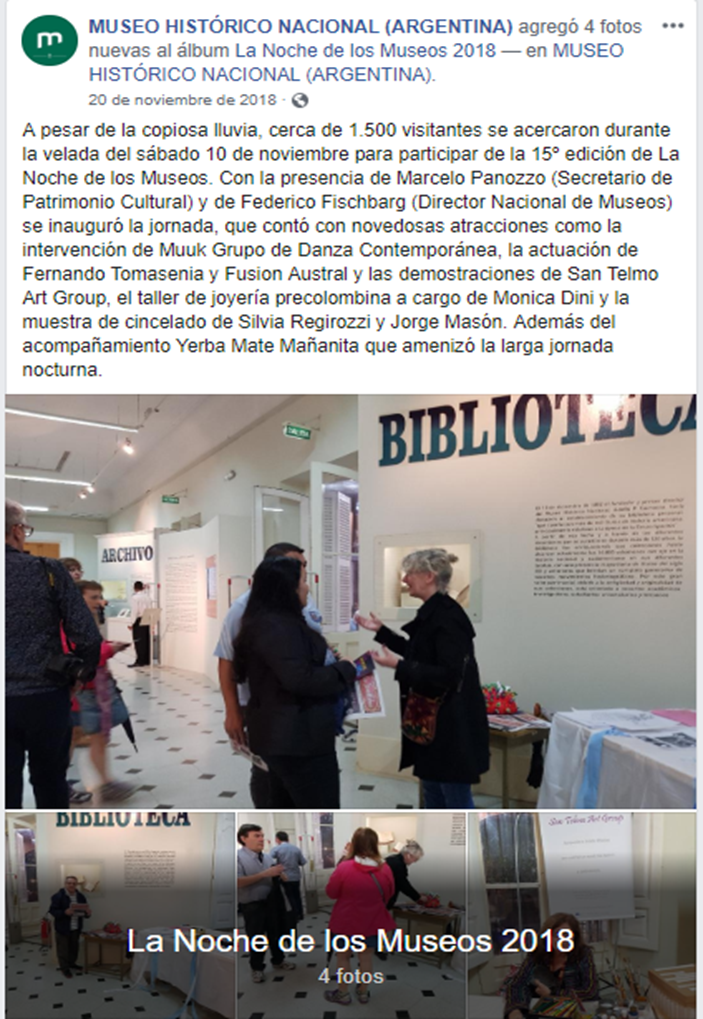
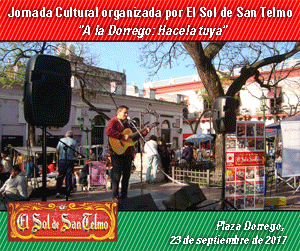

1 respuesta
kizi…
I really appreciate this post. I�ve been looking everywhere for this! Thank goodness I found it on Bing. You have made my day! Thx again…